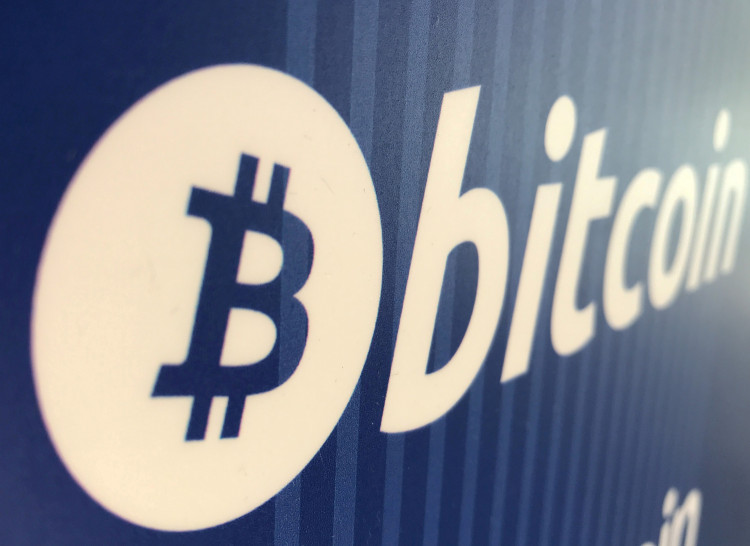As the cryptocurrency community braces for Bitcoin's forthcoming halving event, the digital currency's value has surged, surpassing the $71,000 mark and inching closer to its all-time high. This upward trajectory underscores a burgeoning interest from institutional investors and a looming supply shock anticipated to follow the halving, which is set to occur around April 19.
Bitcoin's recent price movements have captivated market watchers, with the currency achieving a weekly high of $71,419.17, reflecting a significant rebound from a volatile period earlier in the month. This resurgence is attributed partly to a spate of institutional investments, particularly in newly-approved spot Bitcoin exchange-traded funds (ETFs), which have amassed substantial inflows, reversing a trend of outflows and signaling a robust demand for the digital asset.
The halving event, a quadrennial occurrence hardcoded into Bitcoin's algorithm, will see the mining reward halved from 6.25 BTC to 3.125 BTC per block. Historically, such events have precipitated a bullish trend in Bitcoin's market value, attributed to the reduced pace at which new bitcoins are generated, thereby constricting supply.
However, analysts caution against a simplistic causation narrative, suggesting that previous post-halving price surges may also owe to broader macroeconomic factors. For instance, the 2020 halving coincided with an era of loose monetary policy and unprecedented fiscal stimulus in response to the Covid-19 pandemic, factors that undeniably influenced Bitcoin's valuation.
The 2024 halving introduces a new dynamic with the proliferation of U.S. spot Bitcoin ETFs, which have been aggressively accumulating Bitcoin in anticipation of the event. This accumulation, coupled with the ETFs' ability to attract institutional capital, is posited as a bullish signal for Bitcoin's price trajectory. Yet, this optimism is tempered by concerns over macroeconomic headwinds, such as high interest rates, which could dampen consumer spending and, by extension, demand for cryptocurrencies.
Joe Parys, a cryptocurrency analyst, underscores the significance of these institutional inflows, particularly highlighting the role of Grayscale's Bitcoin Trust (GBTC) and its potential impact on the market. With Coinbase reporting a nine-year low in Bitcoin reserves, the implication is that investors are increasingly moving their holdings off exchanges for long-term storage, further exacerbating the supply crunch.
As the halving draws near, the cryptocurrency market is abuzz with speculation, analysis, and strategic positioning by investors keen to capitalize on the potential shifts in Bitcoin's supply and demand dynamics. With Bitcoin's price hovering around $70,600, the coming weeks are poised to be a critical period for the digital currency, as market participants closely monitor the interplay of institutional activity, halving-induced supply constraints, and broader economic factors in shaping Bitcoin's value.






